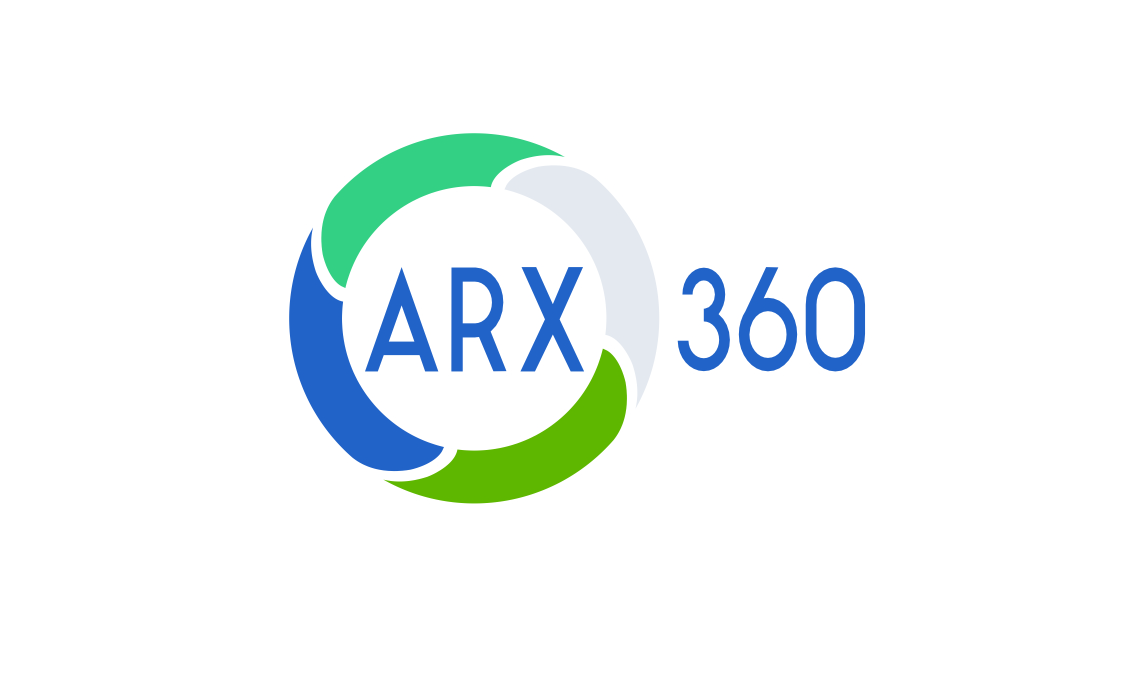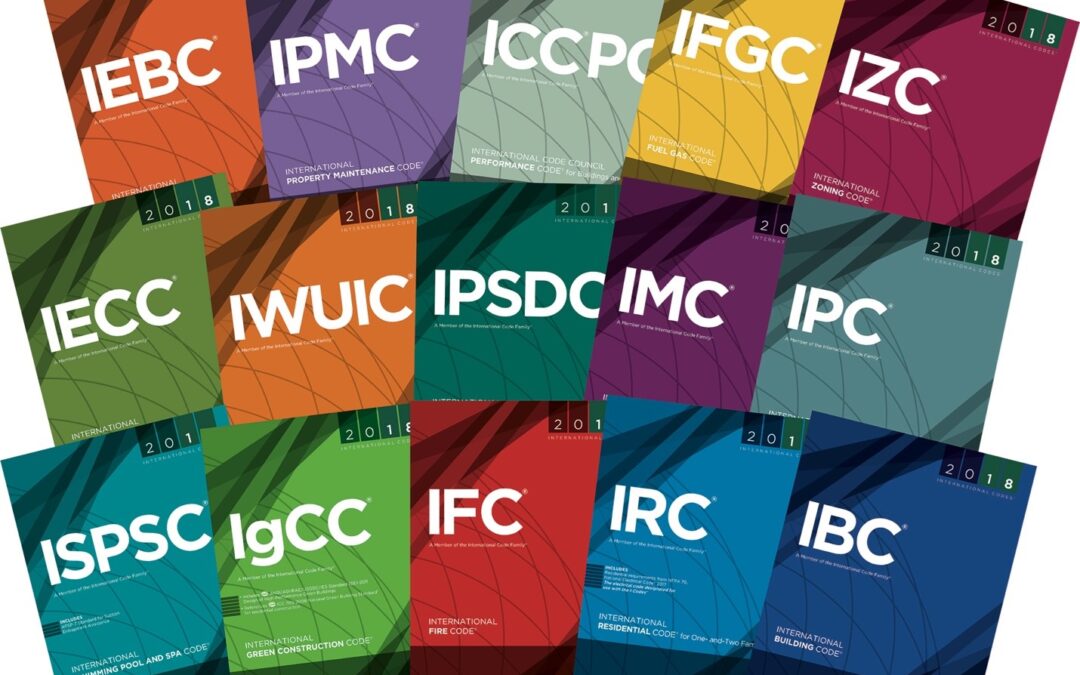Image from the International Code Council
The International Code Council (ICC) is responsible for the publication of a diverse collection of model codes that are referred to as the International Codes or I-Codes. The International Building rules (I-Codes) are the most extensively used and adopted collection of building safety rules in the world. They were developed through a process of political consensus. Every three years, the ICC revises the I-Codes in order to integrate the most recent developments in building science and technology.
Currently, the provide fifteen written codes which can be adopted by states, counties or local municipalities. Please note, that some entities may adopt “amended” codes. These codes are reviewed by groups and are amended through a process that enables them to be modified for use. Examples of amendments may change specific requirements, adjust for local considerations or even remove entire chapters of the codes. Furthermore, some municipalities may amend the adopted code through ordinances which have to be adhered to by the design professional, building owner, tenant or contractor.
As of right now, the I-Codes consist of:
– The International Building Code (IBC) is applicable to all buildings, with the exception of detached single- and two-family homes as well as townhouses. Contains regulations that are both prescriptive and performance-related, and includes requirements for building systems.
In accordance with the International Residential Code (IRC), townhouses and single-family homes with a maximum of three floors are considered to be residential types. A comprehensive code that addresses all aspects of a house or townhouse to ensure its safety and security.
The International Fire Code (IFC) is a document that establishes minimum requirements for fire prevention and fire protection systems by utilizing rules that are both prescriptive and performance-related. This document addresses a variety of topics, including access to fire departments, fire hydrants, automated sprinkler systems, fire alarm systems, and the storage of hazardous items.
The International Plumbing Code (IPC) is a contemporary plumbing code that is based on performance and establishes minimum requirements for plumbing systems and components in order to safeguard the life, health, and safety of building occupants.
This document, known as the International Mechanical Code (IMC), is responsible for establishing minimum specifications for mechanical systems by utilizing prescriptive and performance-related rules. Including solar systems, exhaust systems, duct systems, hydronic systems, and HVAC equipment and appliances, among other types of electrical systems.
– The International Fuel Gas Code (IFGC) is a set of regulations that places an emphasis on performance and addresses the design and installation of fuel gas systems and gas-fired appliances. Gas pipeline systems, venting systems, combustion air supplies, and other details are included in this coverage.
• The International Energy Conservation Code (IECC) addresses the issue of energy efficiency in buildings that are either residential or commercial in nature. Offers basic requirements for the efficient utilization of energy in both newly constructed buildings and buildings that are already in existence.
Alternative methods for modifying, repairing, or altering existing buildings are provided by the International Existing Building Code (IEBC), which is an acronym for the International Building Code. Intended to encourage the use and reuse of existing structures while simultaneously requiring acceptable modifications and enhancements to be made to those buildings.
IgCC stands for the International Green Construction Code, which is the first model code to incorporate sustainability measures for the entirety of a construction project and the site where it is being built. Determines the minimal green requirements that must be met by structures.
ISPSC stands for the International Swimming Pool and Spa Code, which is the only comprehensive swimming pool code that is coordinated with the current criteria in the I-Codes and APSP standards. the establishment of minimal regulations for swimming pools, spas, and hot tubs in residential and public settings [1].
The International Code Council (ICC) also produces a number of other model codes and standards that pertain to a variety of topics, including zoning, accessibility, property upkeep, and building safety. The I-Codes are model codes that have been adopted in all fifty states of the United States of America as well as in many nations throughout the world. These codes are innovative, coordinated, and state-of-the-art. They contribute to the design and construction of structures that are safer, more environmentally friendly, more economical, and more resilient.
[1] Some citations: The i-codes can be found at https://www.iccsafe.org/products-and-services/i-codes/in-depth/.

